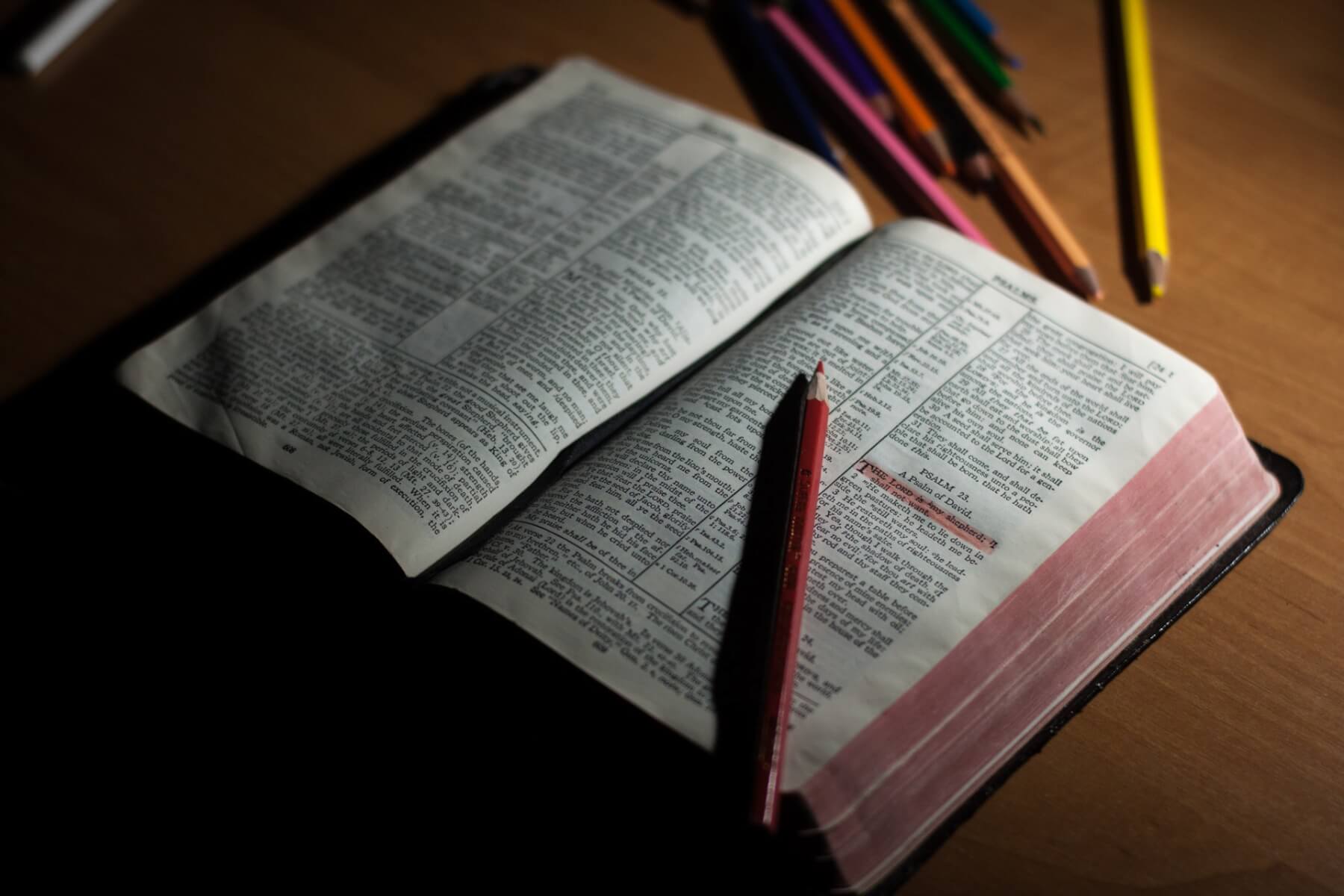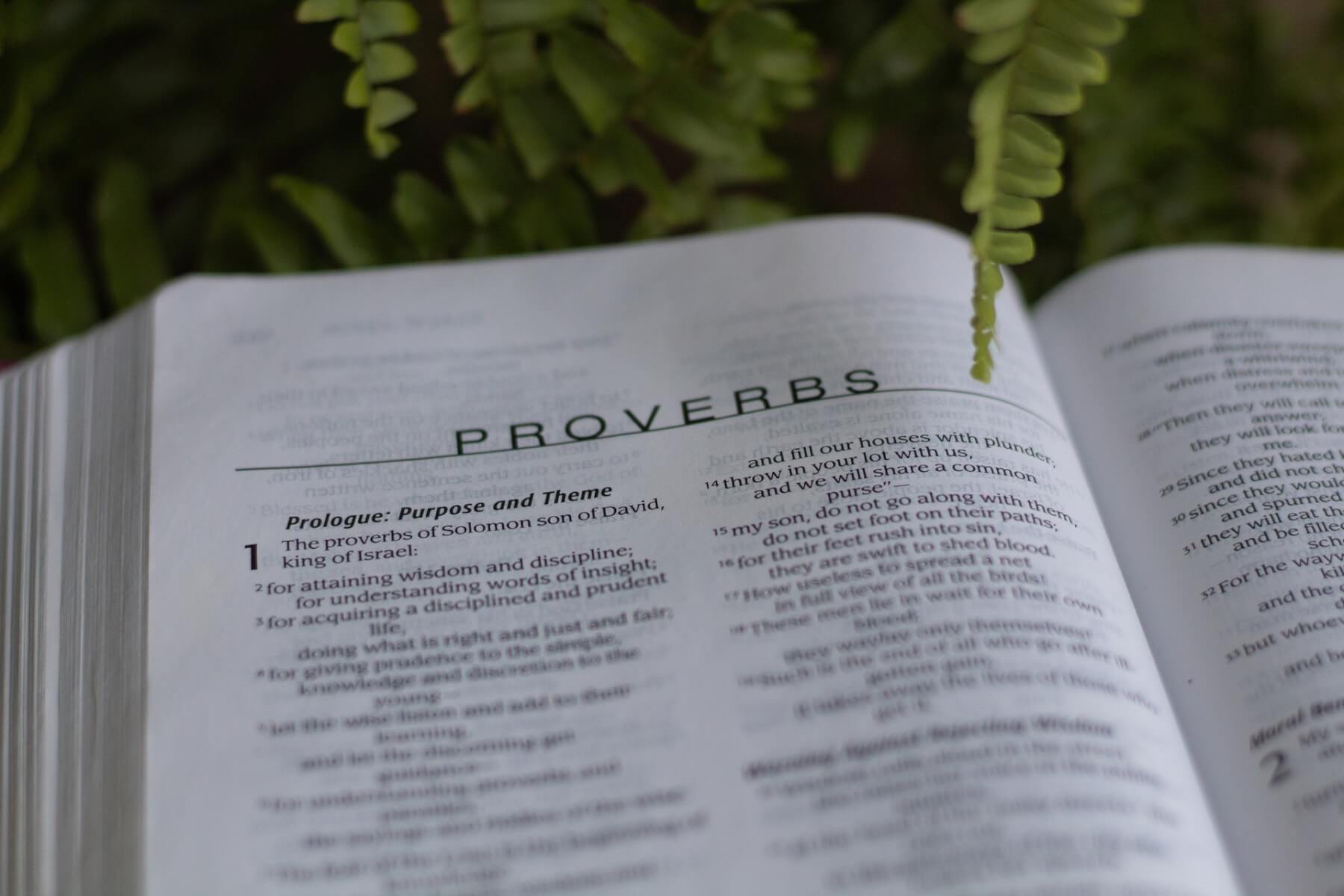the Old Testament and the New Testament. Each of these divisions encompasses several diverse categories of books and literature.
If you’ve spent any time at all in the Bible, you’ve probably wondered how it’s organized and why it’s arranged the way it is. Most people’s assumption is the Bible is organized in chronological order. A lot of it is, but many books are a a little out of chronological order.
The reality is that much of the Bible is organized by type of literature. Let’s take a look at the different types and classifications that make up the Bible’s organization and arrangement.
The Bible Isn’t a Typical Book
Most people like to think of the Bible as single story, in the way we think of most of the books we read today. But a more accurate description of the Bible is that it’s a collection of books. Opening the Bible is more like walking into a library than it is opening a book.
Imagine you were to walk into a library and grab a few books from every section – some history books, a few books on ancient laws, some poetry, some songbooks, a few biographies, a bunch of letters, and one book predicting how the world will end. If you brought all those books to a table, you would have something like the Bible.
We also believe – though it was authored by humans – it was inspired by God. It is His direct Word to us. And though some will tell you it has been changed over the years, we have evidence to believe the Bible hasn’t been altered or tampered with.
If you’re picking a Bible up for the first time and don’t know where to start, consider grabbing a study Bible to help.
How the Old Testament of the Bible is Organized
The Old Testament – or the Hebrew Bible – is broken into three main sections: history, the prophets, and poetry (or the writings, or wisdom literature). A major component of the section on history is the Pentateuch (or the Torah) which is made up of the first five books of the Old Testament and contains God’s law for His people.
History & The Law
- Genesis
- Exodus
- Leviticus
- Numbers
- Deuteronomy
- Joshua
- Judges
- Ruth
- 1 Samuel
- 2 Samuel
- 1 Kings
- 2 Kings
- 1 Chronicles
- 2 Chronicles
- Ezra
- Nehemiah
- Esther
Poetry & Wisdom Literature
- Job
- Psalms
- Proverbs
- Ecclesiastes
- Song of Solomon
The Prophets
- Isaiah
- Jeremiah
- Ezekiel
- Daniel
- Hosea
- Joel
- Amos
- Obadiah
- Jonah
- Micah
- Nahum
- Habakkuk
- Zephaniah
- Haggai
- Zechariah
- Malachi
The books of history recount the story of Israel. There are countless themes, but one of the biggest is Israel’s sin and turning away from God, which time and time again reveals God’s love for and faithfulness to His people.
The law shows God’s design for how His people were to live. It tells of His commands, but more importantly shows His heart.
The poetry and wisdom literature are songs and wisdom from the people of Israel, much of it intended to be passed down generation to generation.
The prophets continue to tell the story of Israel through the lens of people God chose to speak to His people. Most of the prophets bring a message of judgement – and grace – to God’s people. Some of them also speak to the coming of Christ and the end times.
Is the Old Testament in Chronological Order?
Some of the Old Testament is in chronological order, with a few key exceptions:
- Deuteronomy and Chronicles are mostly retellings of the story so far. Deuteronomy is a kind of recap of the first four books of the Bible, and 1 & 2 Chronicles is a retelling of Israel’s story.
- The events of all the poetry and wisdom literature took place in different times. These books are compilations.
- Esther, Ezra, and Nehemiah take place at the end of Israel’s Old Testament story, after God’s people have returned from exile.
- The prophets are kind of all over the place. They’re arranged in two big groups: the major prophets and the minor prophets, but most of them are out of chronological order.
How the New Testament of the Bible is Organized
The New Testament is a little easier to grasp. It’s made up of three key sections: The Gospels (+ Acts), The Epistles, and Revelation (apocryphal literature).
The Gospels + Acts
- Matthew
- Mark
- Luke
- John
- Acts
The Epistles
- Romans
- 1 Corinthians
- 2 Corinthians
- Galatians
- Ephesians
- Philippians
- Colossians
- 1 Thessalonians
- 2 Thessalonians
- 1 Timothy
- 2 Timothy
- Titus
- Philemon
- Hebrews
- James
- 1 Peter
- 2 Peter
- 1 John
- 2 John
- 3 John
- Jude
Revelation
- Revelation
The Gospels tell of the life, ministry, death, and resurrection of Jesus. They also tell us of His original followers, many of whom would go on to found and lead the early church.
Acts tells of the years following Jesus’ death, the beginnings of the Church, and the move of the Holy Spirit.
The Epistles are letters written from apostles to people of the Church. Most of them were written by Paul, but a few were by Peter and John.
Revelation is apocryphal literature written by John, retelling a vision he saw. There’s a lot of debate around exactly what the visions refer to (we don’t have nearly enough space here to get into it).
Is the New Testament in Chronological Order?
It’s pretty close. The New Testament covers the time period from Jesus’ birth (somewhere between 6 BC and 1 AD) and the writing of Revelation (between 65 and 90 AD).
The Gospels are four unique accounts of the life of Jesus, so of course they all took place in the same time period. Acts then tells of the next 30-40 years of church history. And the epistles were mostly all written within that time frame, organized by audience and author. John’s vision that lead to the writing of Revelation likely took place toward the end of the account of Acts.
What Order Should You Read the Bible?
If you’re wondering what order to read the Bible in, there’s no one answer. If you were to read the Bible from start to finish, it would take you nearly 75 hours. Our best recommendation is to pick a version of the Bible, find a reading plan, and stick to it. Here are some of our favorites:
- The Bible in a Year: There are lots of different organizations and churches with their own Bible in a year plan. Some have you read straight through, while others might have you read a little New Testament, Old Testament and a Psalm each day. You can also find chronological plans. Just Google them! It might seem like it takes a long time to read the Bible, but you can knock it out more quickly than you think.
- The Robert Murray M’Cheyne Bible Plan: This is a classic, but still popular plan that takes you through different themes. You can find the plan here.
- 5×5 New Testament Plan by Navigators: This is a great plan for someone just starting out reading the Bible. It takes just 5 minutes a day. Check it out here.
- The Bible in 90 Days: If you want to quickly read through the Bible and get a good overview without reading each verse, this is a great plan.





